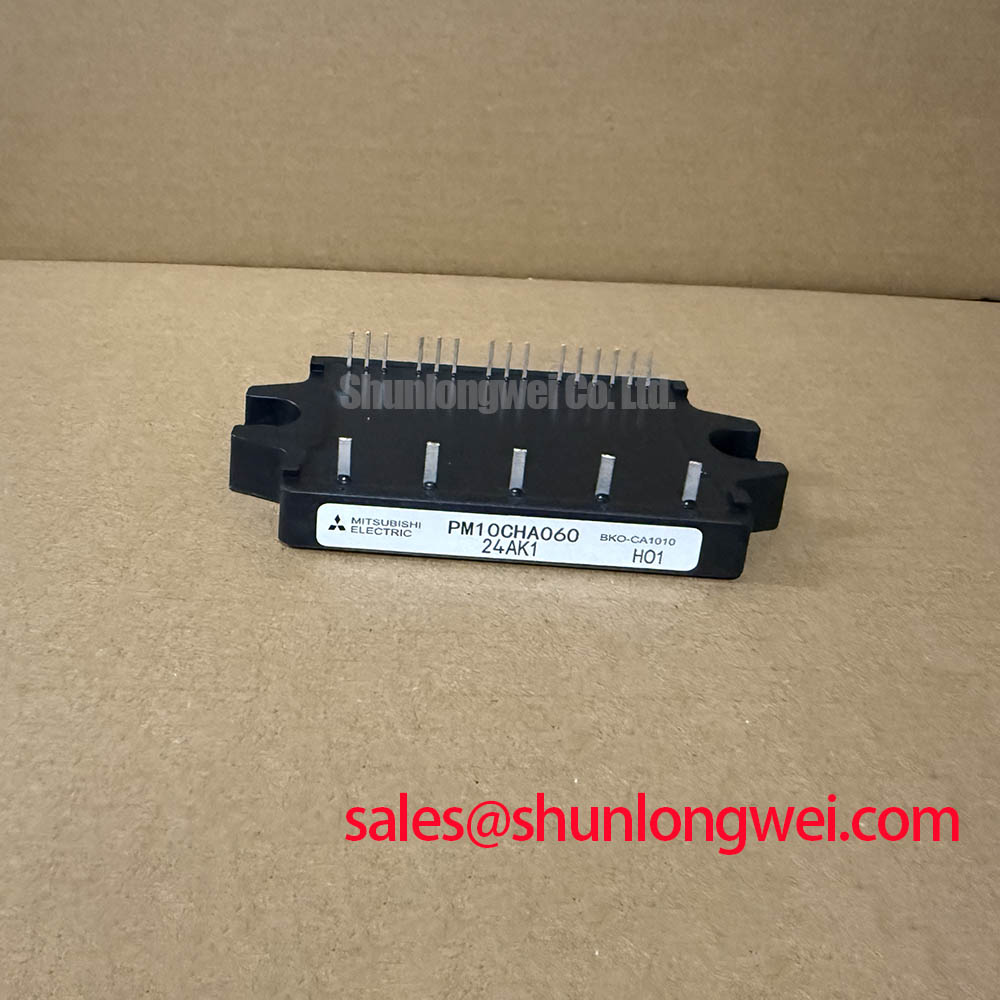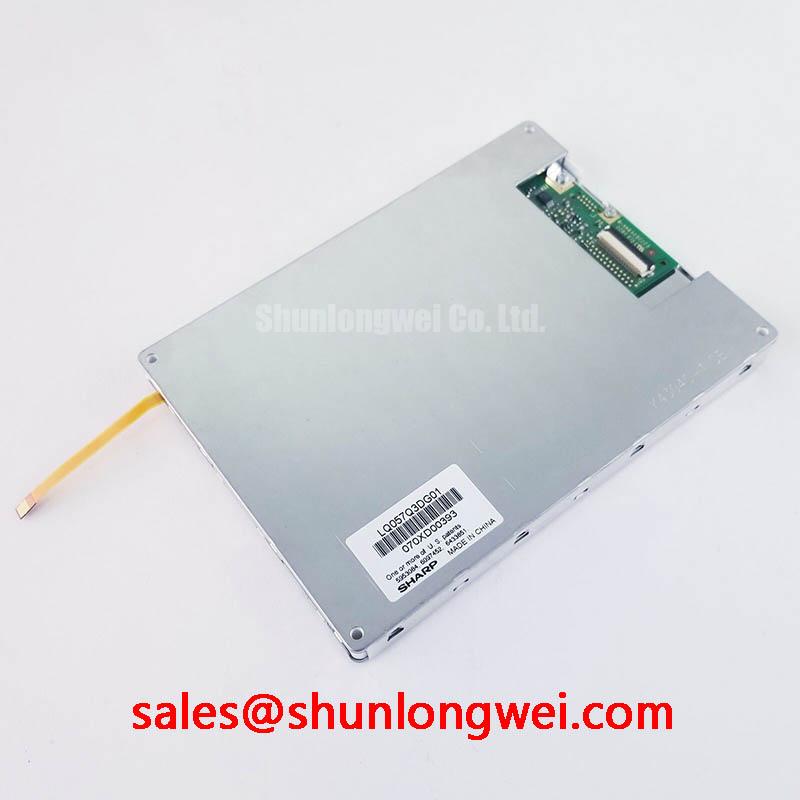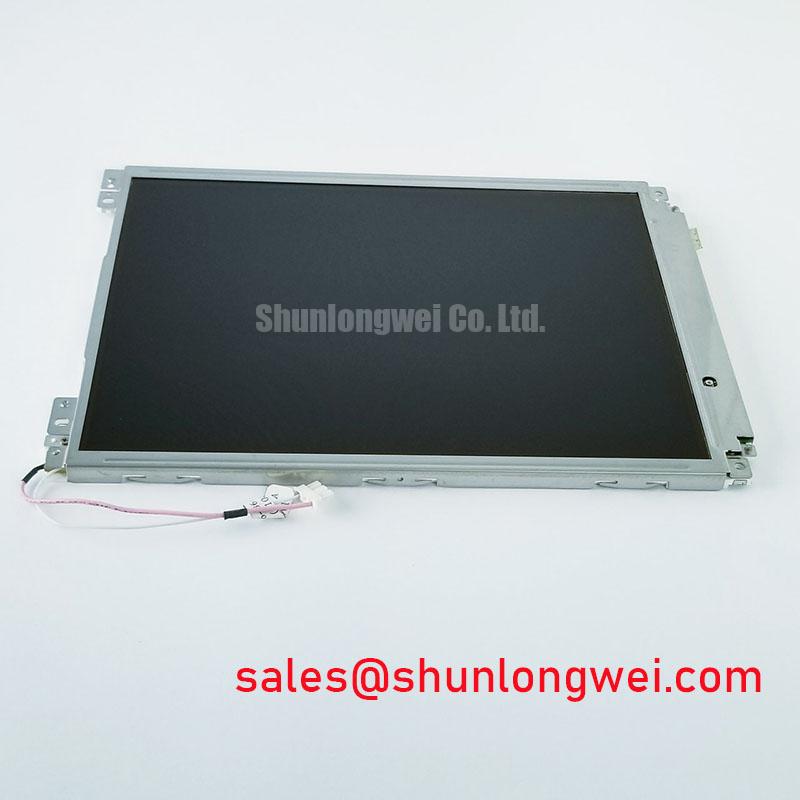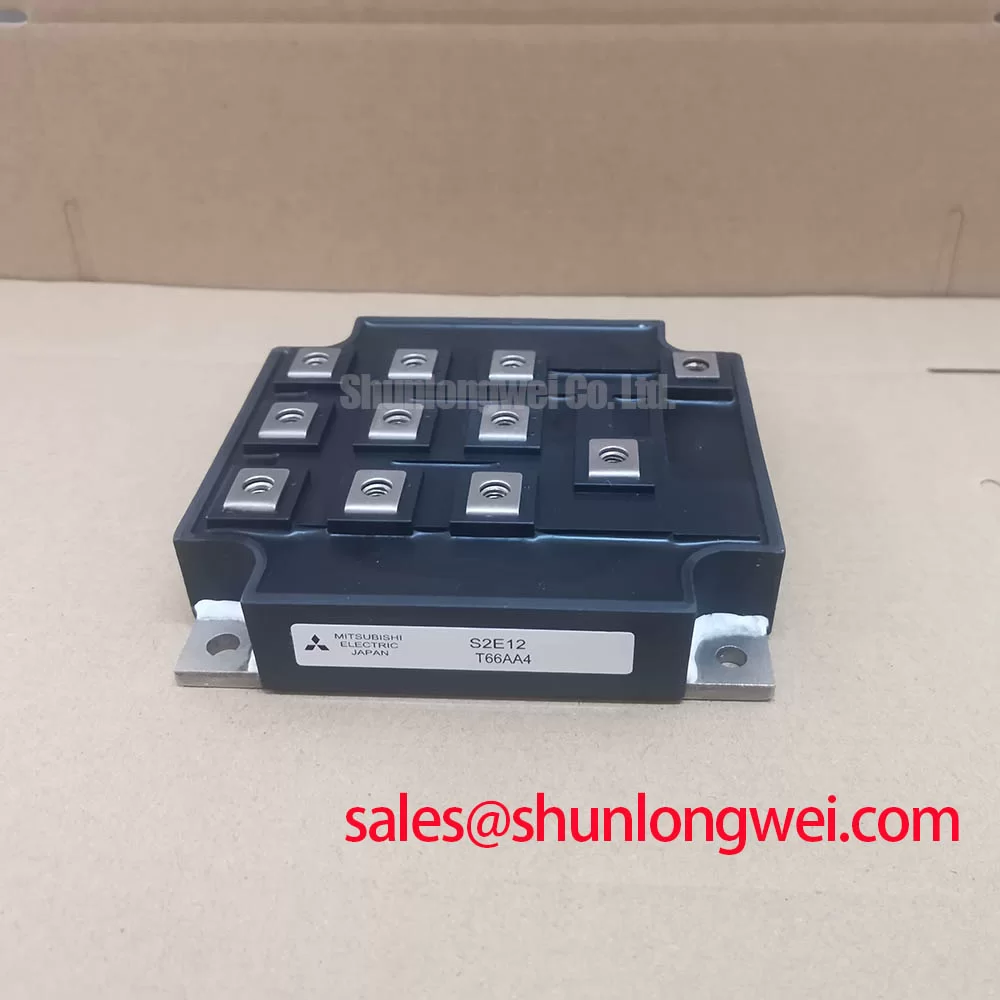LEM LF 306-S Current Transducer: Technical Data & Insights
A Hall-effect current transducer designed for streamlined system integration and precise, isolated measurement in high-power electronics.
The LEM LF 306-S delivers high-fidelity current measurement by leveraging closed-loop Hall effect technology for superior accuracy and linearity. Top Specs: 300A Nominal Current | ±12 to ±15V Supply | ±0.5% Overall Accuracy. Key Benefits: Simplified system design, enhanced safety through galvanic isolation. This transducer directly addresses the need for simplified control system interfacing by providing a direct voltage output, which eliminates the requirement for external signal conditioning circuits and allows for a more straightforward connection to ADCs.
Strategic Integration in Modern Power Systems
In today's competitive landscape of industrial automation and renewable energy, design cycle time and supply chain efficiency are paramount. The LEM LF 306-S current transducer is engineered to meet these demands by facilitating easier integration into complex systems. Its multi-range capability allows a single component to serve various power levels within a product family, reducing inventory complexity and procurement overhead. This design philosophy directly supports the development of modular and scalable Variable Frequency Drives (VFDs) and power conversion platforms, where adaptability and cost-effective scaling are critical for market success.
The Technical Core of Simplified Integration
The performance of the LF 306-S is rooted in its closed-loop (or compensated) architecture. Unlike simpler open-loop sensors, this design uses a secondary coil to generate a magnetic field that perfectly opposes the field created by the primary current. A Hall device detects the residual magnetic flux, and the feedback loop adjusts the secondary current to maintain a near-zero magnetic field in the core. The current required to do this is a precise, scaled image of the primary current.
- What is the core benefit of the LF 306-S's multi-range feature? It simplifies inventory by covering multiple current ratings with one part.
- Galvanic Isolation: The transducer provides robust galvanic isolation between the current-carrying conductor and the control electronics. This electrical separation is fundamental for safety and noise immunity, acting like a firewall that prevents high-voltage faults from damaging sensitive logic circuits. This feature simplifies compliance with industrial safety standards.
- Voltage Output: A key integration-focused feature is its conditioned voltage output. This allows the sensor to interface directly with the analog-to-digital converters (ADCs) found on most microcontrollers and FPGAs, streamlining the hardware design and reducing the bill of materials (BOM).
Streamlining Design in Demanding Applications
The LEM LF 306-S is engineered for deployment across a spectrum of power electronics applications where both measurement precision and design efficiency are vital. Its architecture provides the reliability needed for long-service-life industrial equipment.
Key Deployment Areas:
- AC Variable Speed & Servo Drives: Provides the accurate current feedback necessary for sophisticated motor control algorithms, enabling precise torque and speed regulation in robotics and automated machinery. For an overview of how these components fit into larger systems, explore our guide on IGBTs in robotic servo drives.
- Uninterruptible Power Supplies (UPS): Monitors battery charging/discharging currents and inverter output to ensure seamless power delivery and system protection.
- Power Supplies for Welding Applications: Delivers the fast and accurate response required to control the high currents used in modern welding equipment, ensuring consistent weld quality.
- Battery Supplied Applications: Ideal for monitoring current flow in battery management systems (BMS), energy storage solutions, and other DC-powered equipment.
For multi-axis servo drives requiring consistent ±0.5% accuracy across various motor loads, the LF 306-S is the optimal choice for standardized sensing hardware. Its panel-mount design further simplifies the assembly process, ensuring a secure and vibration-resistant installation within power cabinets.
Data for Your Design: LF 306-S Feature Set
Evaluating components requires a clear, fact-based comparison. The LF 306-S is characterized by a set of features that directly contribute to simplified integration and reliable performance. Engineers assessing current sensing solutions should consider these datasheet-driven points to determine suitability for their specific application architecture. The focus on a direct voltage output and an integrated primary conductor are key differentiators that impact board layout and assembly complexity. For systems that require higher current handling or different package configurations, the related SKM300GA123D provides a module-based IGBT solution.
LF 306-S at a Glance: Key Integration Parameters
The following parameters are central to the engineering value of the LF 306-S, focusing on aspects that directly influence system design and performance. Understanding these specifications is the first step in leveraging this transducer's capabilities. For a comprehensive list of specifications, please consult the official datasheet.
| Parameter | Value |
|---|---|
| Primary nominal RMS current (IPN) | 300 A |
| Primary current, measuring range (IP) | 0 .. ± 450 A |
| Overall Accuracy @ IPN, TA = 25°C (XG) | ± 0.5 % |
| Supply Voltage (VC) | ± 12 .. 15 V (± 5%) |
| Frequency bandwidth (-1 dB) | DC .. 100 kHz |
| RMS voltage for AC isolation test, 50 Hz, 1 min | 2.5 kV |
Download the Complete LF 306-S Datasheet
As power electronics evolve toward greater density and digital control, components that simplify the analog-to-digital interface become increasingly valuable. The LF 306-S embodies this trend, providing a high-accuracy sensing solution that abstracts away much of the traditional signal conditioning complexity. This allows design teams to focus resources on control logic and system-level innovation, confident in the integrity of the current data being supplied to their processors. Integrating such pre-conditioned components is a key strategy for accelerating development and enhancing the reliability of next-generation power systems.














